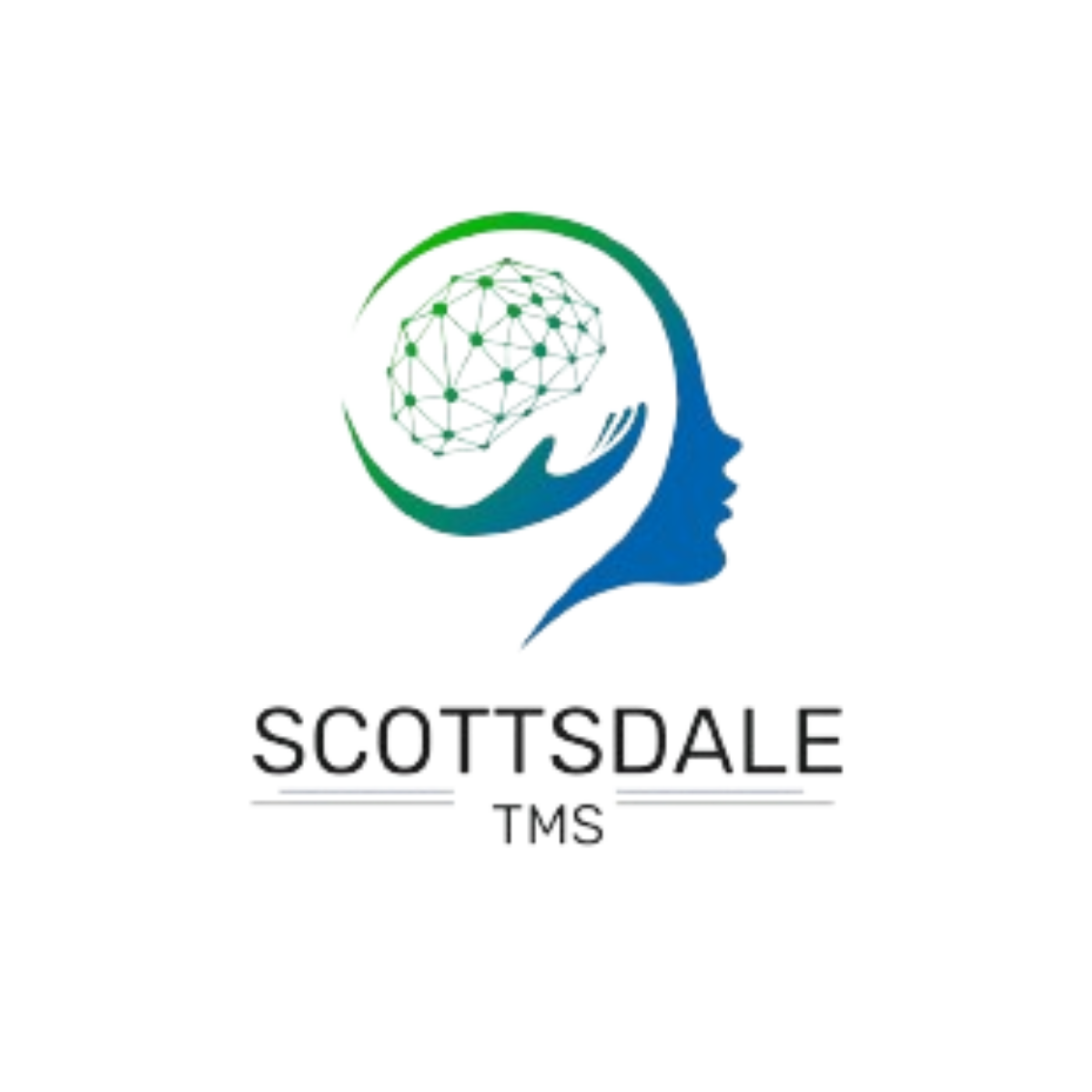Depression is a common mental health condition affecting millions worldwide. More than 17 million adults in the US experience major depressive disorder every year. For many, treatment with antidepressant medications and therapy can lead to significant improvement.
However, some individuals continue to struggle despite trying multiple treatments. This condition is known as treatment-resistant depression (TRD). According to studies, approximately 30% of people diagnosed with major depressive disorder (MDD) experience TRD.
Understanding TRD is crucial to finding effective treatment options.
Questions Answered in This Article:
Our Treatment Centers

Scottsdale Rehab
Luxury Personalized Rehab

Hart Rehab
Holistic Luxury Personalized Rehab

Scottsdale Detox
Luxury Medical Detox
What is Treatment-Resistant Depression?
Treatment-resistant depression (TRD) refers to a form of major depressive disorder (MDD) that doesn’t respond adequately to standard treatments, such as antidepressant medications and psychotherapy.
Patients with TRD often experience persistent depressive symptoms despite trying multiple treatment options. It can significantly affect a person’s quality of life, leading to difficulties in maintaining relationships, holding down a job, or performing daily tasks.
Causes and contributing factors of TRD include:
- Biological Factors: Underlying biological differences, such as genetic predispositions or neurotransmitter imbalances, make standard treatments less effective.
- Psychological Factors: Co-occurring mental health conditions, such as anxiety disorders, PTSD, or personality disorders, can contribute to treatment resistance.
- Social and Environmental Factors: Chronic stress, traumatic experiences, and lack of social support can exacerbate depression and contribute to treatment resistance.
Symptoms of Treatment-Resistant Depression
The symptoms of TRD are similar to those of regular depression. However, they are often more severe and persistent. Common symptoms include:
- Persistent sadness
- Loss of interest in activities
- Fatigue and low energy
- Difficulty concentrating
- Changes in appetite or weight
- Sleep disturbances
- Feelings of hopelessness or worthlessness
- Thoughts of self-harm or suicide
These symptoms can make everyday tasks feel overwhelming. They interfere with personal and professional life. In TRD, these symptoms don’t improve with standard treatments. This ongoing struggle can lead to feelings of frustration and despair.
How is Treatment-Resistant Depression Diagnosed?
Diagnosing TRD is complex. TRD is diagnosed when a person does not respond to at least two different antidepressant medications. These medications must be taken at the proper dose and for an adequate duration, usually 6 to 8 weeks. When standard treatments fail, TRD becomes a serious concern that requires a more tailored approach to care.
To diagnose TRD, doctors consider several factors. These include:
- The number of antidepressants tried
- The dosage and duration of each treatment
- The patient’s adherence to the treatment plan
- Any other co-existing mental or physical health conditions
- Experience in psychotherapy
The key factor of diagnosis is the failure to respond to standard treatments, such as fluoxetine (Prozac) or other antidepressants. These treatments must be given sufficient time to work before concluding that they are ineffective.
Patients may experience little to no improvement in their depression symptoms, leading to the classification of their condition as treatment-resistant.
Treatment for Treatment-Resistant Depression
TRD requires a different approach to treatment. While standard treatments may not work, several other options can be explored. These options include medication adjustments, specialized therapies, and other innovative treatments.
Some treatment options include:
- Medication Adjustments: Sometimes, the current medication isn’t effective. Doctors may try a higher dose or a different type of antidepressant. They may also combine medications.
- Psychotherapy: Talk therapy can be beneficial. Cognitive Behavioral Therapy (CBT) is commonly used. It helps patients change negative thought patterns.
- Electroconvulsive Therapy (ECT): ECT is a procedure where electric currents are passed through the brain. It’s used when other treatments fail. ECT has shown effectiveness in severe cases of TRD.
- Transcranial Magnetic Stimulation (TMS): TMS uses magnetic fields to stimulate nerve cells in the brain. It’s a non-invasive treatment, often used when other methods don’t work.
- Lifestyle Changes: Regular exercise, a healthy diet, and good sleep hygiene can help manage symptoms. These changes support overall well-being.
Treatment-Resistant Depression Medication
Medication plays a key role in treating TRD. When standard antidepressants fail, doctors may consider alternative medications. Some options include:
- Atypical Antidepressants: These include medications like bupropion and mirtazapine. They work differently than standard antidepressants and may be more effective for some patients.
- Antipsychotic Medications: In some cases, adding an antipsychotic to an antidepressant can help. Medications like aripiprazole or quetiapine are used for this purpose.
- Ketamine: Ketamine is an anesthetic with rapid-acting antidepressant effects. It’s used in low doses for TRD. Ketamine infusions or nasal sprays can quickly alleviate symptoms in some patients.
- Lithium: Lithium is a mood stabilizer. It’s often used in bipolar disorder but can also be added to antidepressants in TRD cases.
- MAOIs (Monoamine Oxidase Inhibitors): These are older antidepressants. They are used less frequently due to dietary restrictions and side effects. However, they can be effective for some patients with TRD.
Exploring TMS for Treatment-Resistant Depression
Transcranial Magnetic Stimulation (TMS) is an FDA-approved innovative treatment for TRD. TMS therapy is non-invasive and has fewer side effects than ECT. TMS works by using magnetic fields to stimulate specific parts of the brain. This stimulation can improve mood and alleviate depression symptoms.
TMS is usually an outpatient procedure. It involves daily sessions over several weeks. Each session lasts about 30 to 60 minutes. During the procedure, an electromagnetic coil is placed on the scalp. This coil delivers magnetic pulses to the brain. The patient remains awake and alert throughout the process.
TMS is considered safe and well-tolerated. Some patients may experience mild side effects like headaches or scalp discomfort. These side effects are usually temporary.
TMS is particularly beneficial for patients who haven’t responded to medication. It offers a new avenue of hope for those struggling with TRD.
Finding Therapy for Treatment-Resistant Depression
Therapy is a crucial component of TRD treatment. While medications target the biological aspects of depression, therapy addresses the psychological aspects.
Aside from knowing how to treat treatment-resistant depression, finding the right therapist is also essential. Here are some therapy treatments for depression to explore:
- Cognitive Behavioral Therapy (CBT): CBT is one of the most effective therapies for depression. It helps patients identify and change negative thought patterns. CBT can be particularly helpful in TRD by addressing persistent negative thoughts.
- Dialectical Behavior Therapy (DBT): DBT is a form of CBT that focuses on emotional regulation and mindfulness. This is beneficial for patients with TRD who experience intense emotions or have difficulty managing stress.
- Interpersonal Therapy (IPT): IPT focuses on improving relationships and social functioning. This is helpful for patients whose depression is linked to relationship issues.
- Psychodynamic Therapy: This therapy explores unconscious thoughts and feelings that may contribute to depression. This longer-term approach can be effective to treat depression.
- Group Therapy: Group therapy provides support and reduces isolation. It allows patients to connect with others facing similar challenges.
Choosing the right therapy depends on the individual’s needs and preferences. A combination of therapies may also be effective. Regular sessions with a skilled therapist can make a significant difference in managing TRD.
If you or someone you know is struggling with depression or other mental health disorders, help is always available. Don’t hesitate to explore different treatment options and find the help that works for you.

